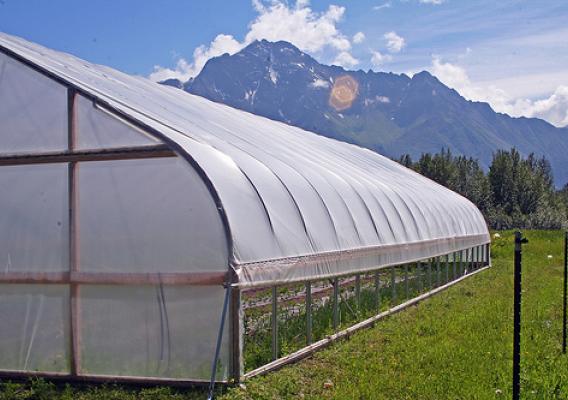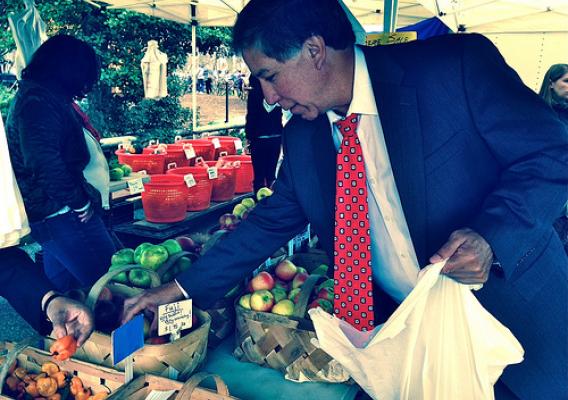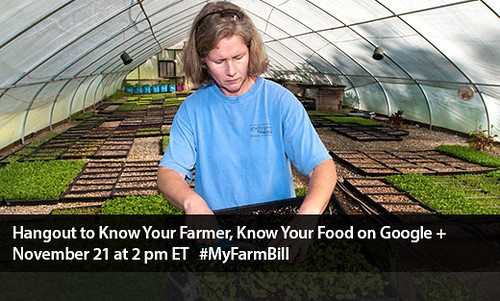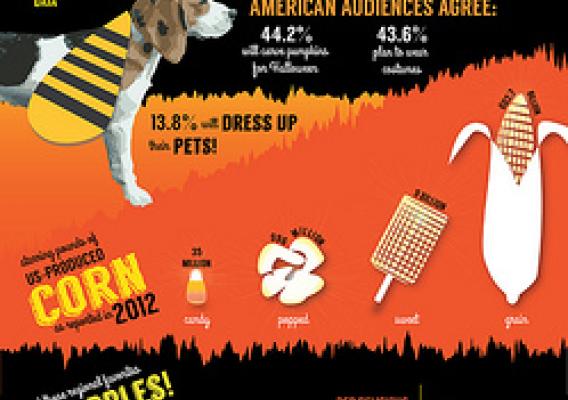America’s farmers’ markets are a great source of fresh fruits and vegetables and other healthy foods, and at USDA’s Food and Nutrition Service (FNS), we’ve made it a priority to expand healthy food access through farmers’ markets to those participating in the Supplemental Nutrition Assistance Program (SNAP). It’s a win-win situation because, for farmers markets, the ability to accept SNAP benefits is a great way to build their customer base, which helps generate more sales and nourish the economy in our rural communities.
As Administrator of USDA’s Food and Nutrition Service, I place a high value on partnerships because, working together, we can achieve more toward shared goals than by working alone. The USDA recently contracted with the National Association of Farmers Market Nutrition Programs (NAFMNP), in an effort to enhance the participation of farmers and farmers markets in SNAP. And out of that innovative partnership, I am excited to announce MarketLink, a new way for farmers’ markets and direct-marketing farmers to get authorized as SNAP vendors and get the equipment they need to accept SNAP benefits.








